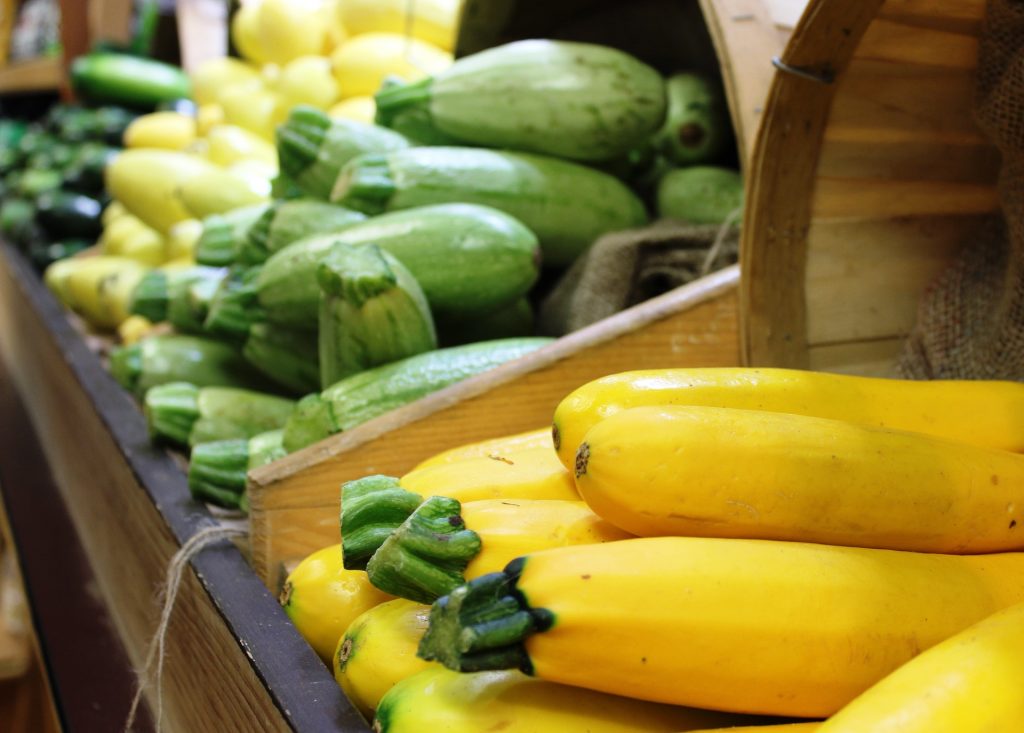Two investigations by the U.S. International Trade Commission (USITC) yielded various conclusions about the impact that imports of cucumbers and squash are having on U.S. seasonal markets.

The USITC’s conclusions regarding cucumbers include:
- Mexico is a highly competitive supplier of summer squash, with low costs, a reputation for consistently high product quality, and preferential packing and sorting.
- In the United States, geographic advantages help the competitiveness of the summer squash industry, while the relatively high costs of domestic squash production limit it. Both Mexico and the United States, including the U.S. Southeast, are reliable suppliers of squash in the U.S. market.
- Available price data show that prices for domestic and imported squash are often very similar and tend to follow largely the same trends.
- Absent above-average increases in U.S. imports of squash from Mexico between 2009 and 2019, the USITC’s economic model estimates that import prices would have been higher, leading to a shift towards consumption of domestic squash and increased U.S. production, revenue, and operating income in 2015–20.
The USITC’s conclusions regarding cucumbers include:
- Between 2015 and 2020, the period covered by the investigation, cucumber production in the United States fell from approximately 826,000 metric tons (mt) to 636,000 mt, while U.S. domestic market share fell from around half to about 40%. At the same time, apparent consumption of cucumbers in the United States increased by 24.3%.
- The U.S. fresh market cucumber industry is a high-cost producer of somewhat differentiated products, supplying primarily American slicer cucumbers, at both the national level and specifically within the U.S. Southeast. The U.S. industry faces high costs of production, weather-related volatility, and pest pressures that limit competitiveness, particularly in the U.S. Southeast.
- Mexico is a competitive, lower-cost supplier of highly differentiated products, including American slicer cucumbers, and several premium varieties. Mexico has a reputation for consistently high product quality and preferential packing and sorting made possible with protected agriculture and low wage rates.
- Canada is a high-cost supplier of highly differentiated, premium products, mainly greenhouse-grown English cucumbers. High-technology greenhouses in Canada facilitate production of more delicate premium varieties, consistent quality, and greater yields, as well as an extended growing season.
- Available price data show that prices for domestic and imported cucumbers are often very similar and tend to follow similar trends.
- Absent above-average increases in U.S. imports of cucumbers from Mexico from 2008 to 2020, the USITC’s economic model estimates that import prices would have been higher, leading to a shift towards consumption of domestic cucumbers and increased U.S. production, revenue, and operating income in 2015-20.

The investigations, Squash: Effect of Imports on U.S. Seasonal Markets, with a Focus on the U.S. Southeast and Cucumbers: Effect of Imports on U.S. Seasonal Markets, with a Focus on the U.S. Southeast, were requested by the United States Trade Representative in a letter received on December 7, 2020.









